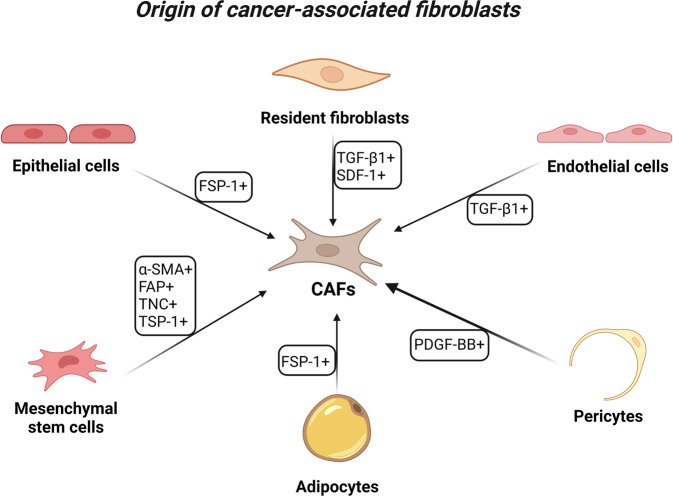Fig. 1. Different origins of cancer-associated fibroblasts (CAFs) in cancer.
The origin of CAFs can be quite heterogeneous, and the main sources of CAFs in TME are NFs. Growth factors like TGF-1 and stromal SDF-1 can be secreted by tumor cells to enable the conversion of NFs into CAFs, and CAFs in the tumor stroma do not undergo apoptosis. Other sources of CAFs include direct generation from MSCs, which can migrate to tumor sites in a way akin to fibroblast migration during wound healing. These migratory cells are drawn to cancer and differentiate into CAFs as a result of their attraction to the disease. In their cytoplasm, these CAFs exhibit particular markers such -SMA, FAP, TNC, and TSP-1. Moreover, epithelial cells can undergo EMT to develop into CAFs, and these CAFs maintain the genetic changes made to the parental genome. Due to the expression of mesenchymal lineage-committed marker genes, CAFs also originate from adipocytes. Endothelial and pericyte cells have the ability to transdifferentiate and add to the CAF population. Proliferating endothelial cells can undergo endothelial to mesenchymal conversions to develop CAFs under the effect of TGF-1 produced by cancer. By the influence of PDGF-BB, pericytes are also a source of CAFs. (Created with BioRender.com).

